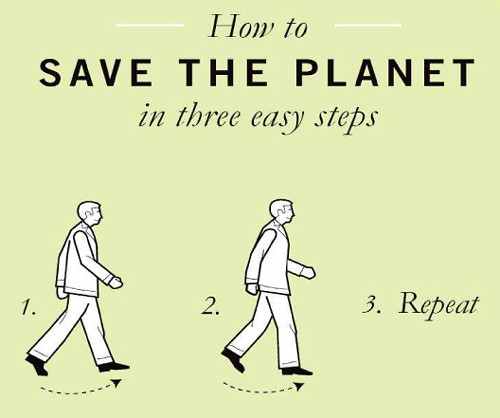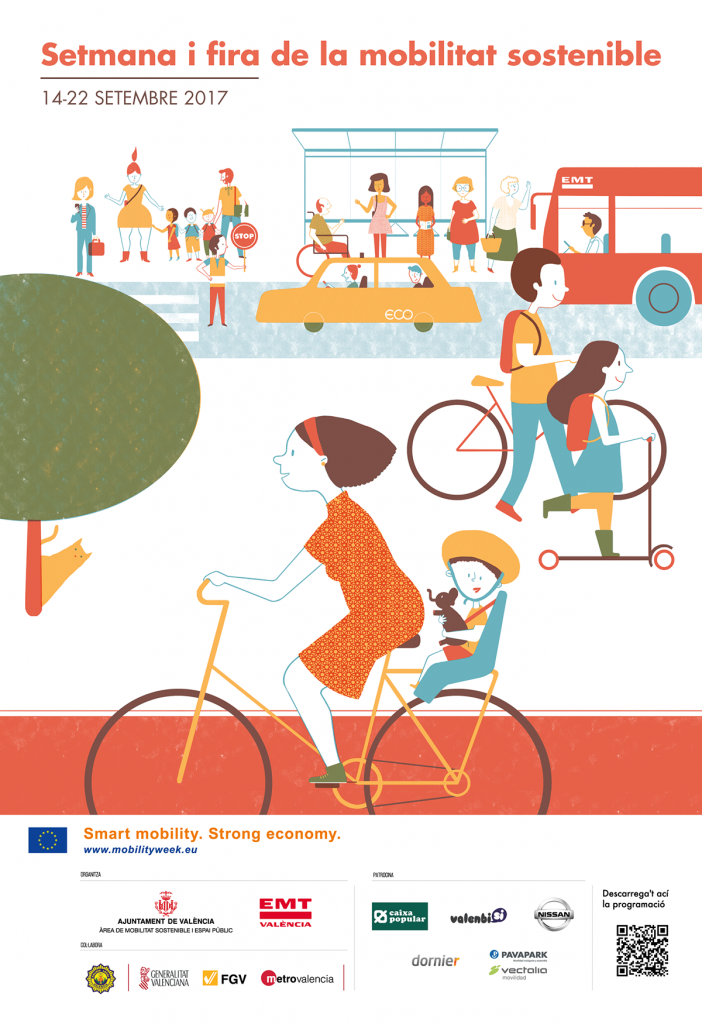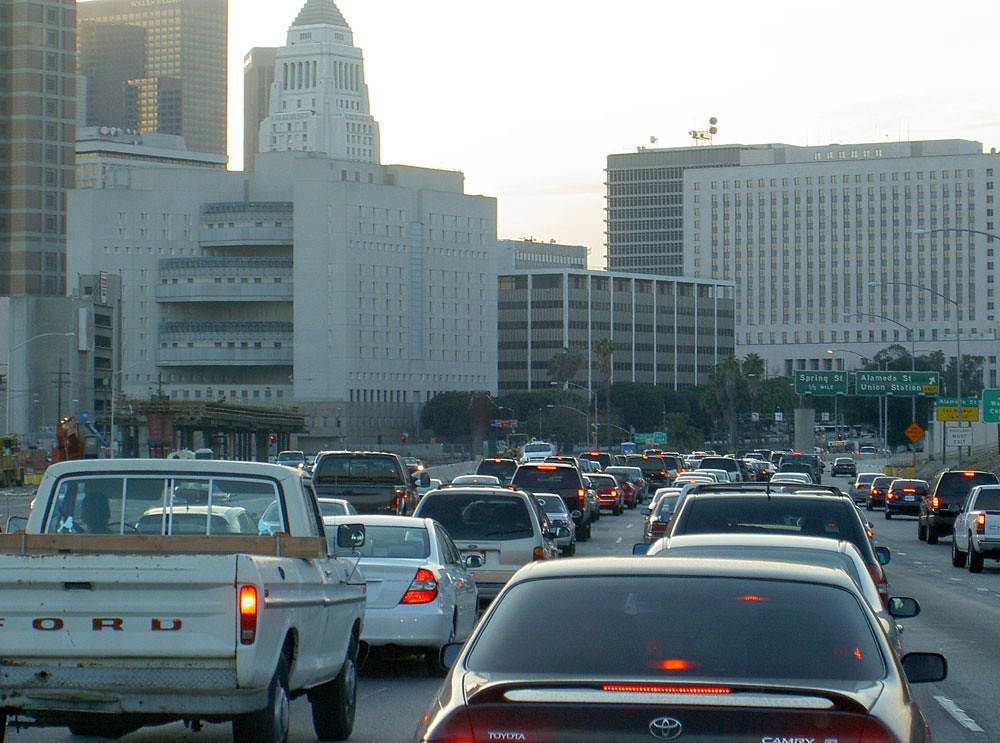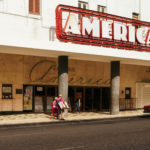An approach to the newly invented topic of banning personal cars in parts of a city like Barcelona or Paris and increasing a more relaxed and sustainable lifestyle, as well as regarding safety issues and reducing traffic jams. Less air pollution, greenhouse gas emissions, noise and in general a better quality of life.

Effects that affect
From the very start of our existence or let’s say, the past 100 years, mobility was one of the most important topics. Not only regarding motion, also in terms of status symbols and prestige. Automobiles were, and still are, symbols of wealth and, of course, a good vehicle to get from one place to another, get to work faster, in terms of travel and, in general, a fantastic way to accelerate life and at the same time, by saving time, decelerate it. We are left with this fact, that cars bring us faster to places, even though their emissions don’t work in their favor. We rely on them most of the time and could not fully imagine life without them. Still, by all means, we have to alter that. It is inevitable.
Climate change issues, the crisis we are facing right now, show us that we have to take action to seriously improve our situation and stop, or at least slow down, the process of the destruction of the Earth. What could be easier than giving up on cars? At least in big cities?
Cars basically block areas in towns for pedestrians and clog the streets. Long rows of parked cars hamper the field of view and driving cars, because they are so many in numbers, aggravate traffic, cause traffic jams, and bug everyone. People driving cars often come late to their jobs owing to accumulation of automobiles in the city they work in. Not only does it affect drivers, but also pedestrians and cyclists who have to stop at numerous traffic lights and be extra careful not to get run over.
Basically, the level of risk and the necessity of being mindful increases for everyone. Along with it, cars emit exhaust fumes, which cause tremendous damage to the environment. Another problem is the stress that honking and the constant passing of cars, cause to humans. Of course all these factors together greatly diminish quality of life in big cities because of air pollution, people getting stuck in huge traffic jams, and cars parked everywhere that block sidewalks and everyone’s view.

Californian car consumption disaster
We definitely have to change something about how our cities are created with more roads for cars than public transport, which can be perfectly illustrated by the heavily congested city of Los Angeles, USA. According to a rumour this city has more cars than people.
While that might not be entirely true, car density in Californian cities causes huge issues: traffic constipation, the air suffers from fumes and carbon monoxide, and due to over-crowding, less and less parking spots are available and, not to forget, also numerous accidents are caused. Therefore, we need new concepts to make the place we live in, our city, more livable and enjoyable.
Paris – taking alternate steps towards sparing the city from cars
In the capital city of France, attempts to lower automobile exhausts have been made and this eventually resulted in the concept of having the first Sunday of every month free of cars in the urban core of Paris from 10 a.m. to 6 p.m.
It all started with France’s effort to improve their international reputation regarding having the second worst air quality out of the largest 13 cities in Europe. Ever since, numerous restrictions have been imposed on vehicles. For instance, cars produced before 1997 are not allowed to enter the city center at any day of the week. Many more restrictions are planned to improve the pollution levels of Paris and clean up the air that Parisians breathe.
Malmö – biking preferred?
The city we live in, is a perfect example of a clean-aired and bike-friendly city which enhances the car-free lifestyle and improves the living conditions for its citizens.
In 2016, a major new success, the “Cykelhuset” or “bike house” opened up. It was created to encourage cycling in the city and it shows the will to diminish cars, as it is the first residential complex with no car parking spaces attached to it. The huge emphasis Malmö puts on biking naturally helps to keep the vibe of the city relaxed and pleasant. Moreover, it stands as a great example for a city that puts a huge emphasis on cycling to reduce car emissions.
Barcelona – the great pioneer
In exploring other successful concepts for city construction and efforts some governments are currently taking to make cities less loud, clogged and dirty, we have the example of Barcelona. In 2016, the city started closing off a three square city block to vehicle traffic in Poblenou (a working-class neighbourhood) reserving those streets for pedestrians and cyclists which immediately resulted in complaints made by motorists who felt offended by the fast change and tactics to lower car use.
However, soon people in the area started to realize that they had a nearly the double amount of space to play and walk and socialize with each other which resulted in resistance fading in other areas of Barcelona as well. Five more of these blocks have been created since, and Salvador Rueda, head of the “Urban Ecology Agency of Barcelona”, aims to implement 503 in total. Great emphasis is put on the idea that the citizens will reclaim the streets, hence the final goal is to turn over 70 percent of Barcelona’s streets to its people again. This project has drawn attention from all over the world ever since it has been implemented.
A new study, published in the journal “Environment International”, provides new evidence, supporting the idea that a car-free towns can deliver tremendous improvements in urban health. The Spanish and American scientists who developed the following statistical model to survey the potential outcomes of Rueda‘s street project for Barcelona, connected the known facts about mortality rates and exposure with health factors like traffic noise (and the stress it causes), air pollution, green spaces, physical activity and temperature and came to the conclusion that Barcelona could prevent over 600 premature deaths per year by conducting the “503-block plan“.

“The greatest projected decrease came from the reduction in nitrous oxide, a harmful tailpipe emission, followed by cuts in noise pollution and heat—all three the result of the big drops in vehicle traffic…“
Nevertheless, as urban populations compress and keep growing, vehicle emissions still rise in a vast number of countries. Barcelona presents a useful starting point for town planning in trying to win over the space for its people. Paris and New York City are just two of the global cities observing the Catalonian capital’s progress towards pedestrianization.
“Barcelona needs superblocks and other, complementary interventions designed to improve air quality, promote physical activity and tackle climate change,” Natalie Mueller, a researcher at Barcelona Institute for Global Health, proclaimed this statement during a press release. “We urgently need a paradigm shift away from the car-centered urban planning model and towards a people-centered approach”.
Pavement of the trail?
So after all, we are finally taking small steps towards improvement of the environment and of people’s health. Less vehicles in a town eases stress and unhealthy exhaust fumes, ultimately resulting in increasing the very lives of every citizen and everyone who visits the city. The more cities alter their town policies to more eco-friendly alternatives, the more they will present an alternate paradigm for the rest of the world. Just like the butterfly effect.
Written by Elena Wasserzier
Photo Credits
LA Traffic, Aaron Goodwin, CC BY-ND 2.0
carfreeday-2008 , Spacing magazine, CC BY-NC-ND 2.0
Setmana i fira de la mobilitat sostenible, Paula Pérez i de Lanuza, CC BY-NC-ND 4.0










